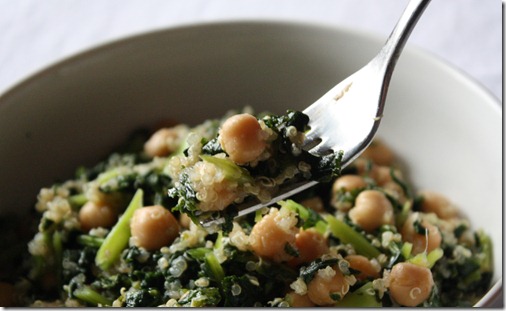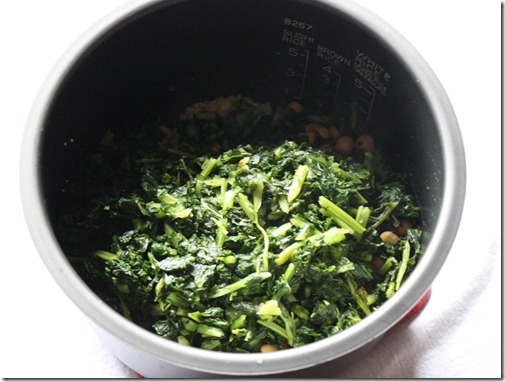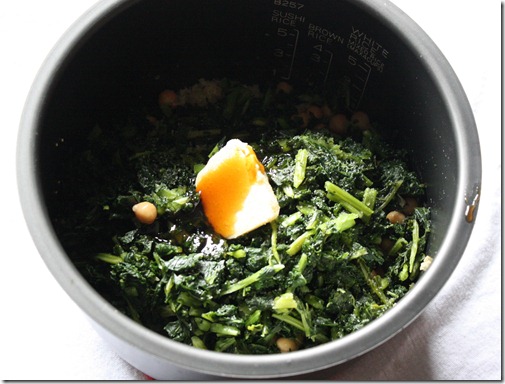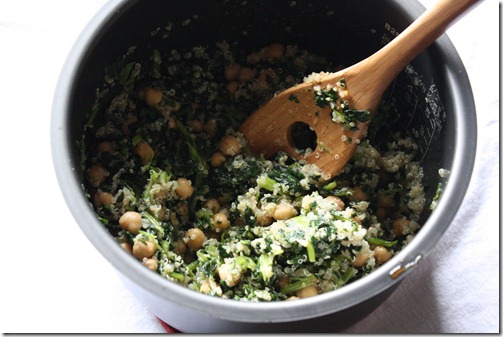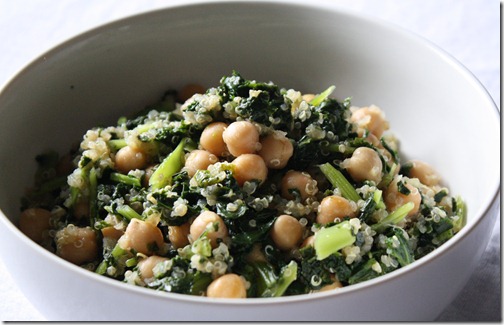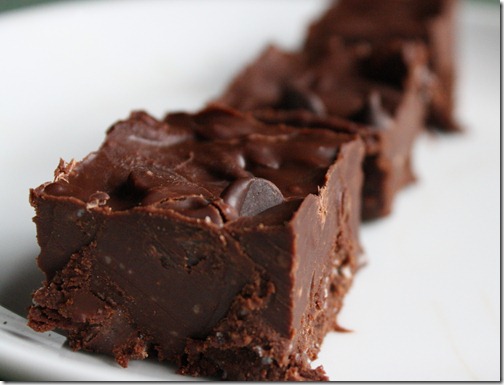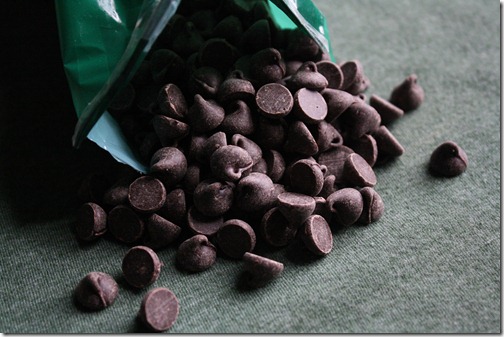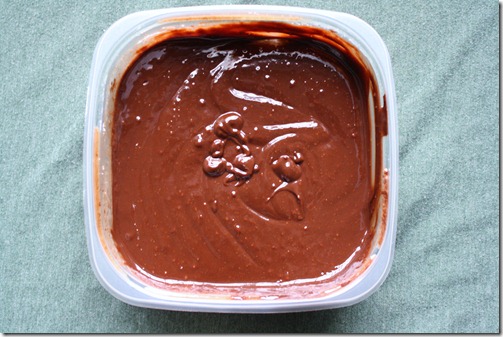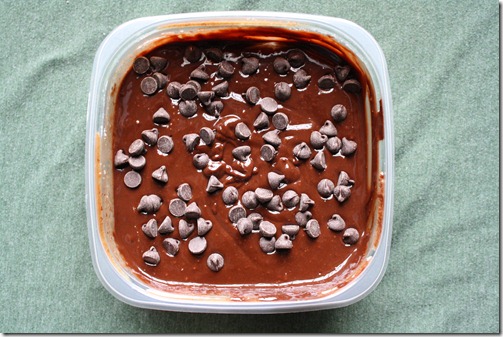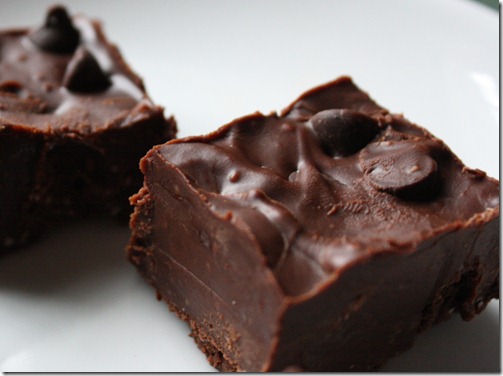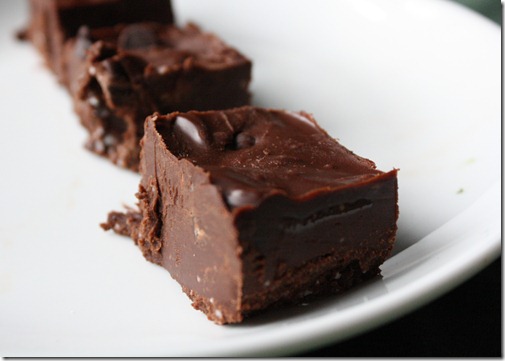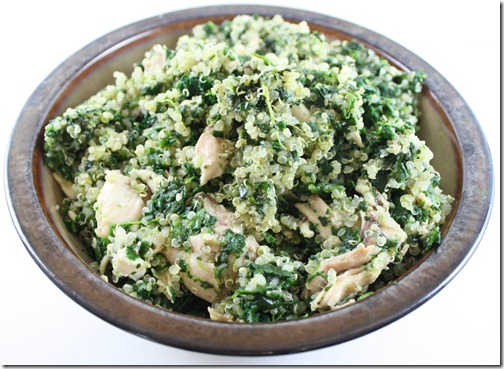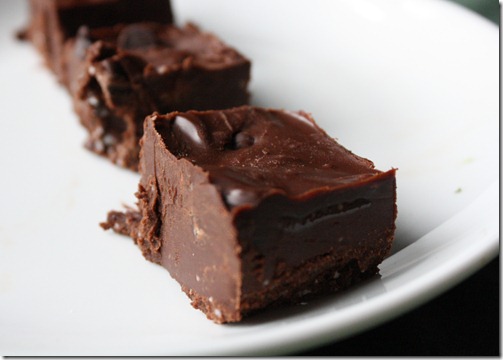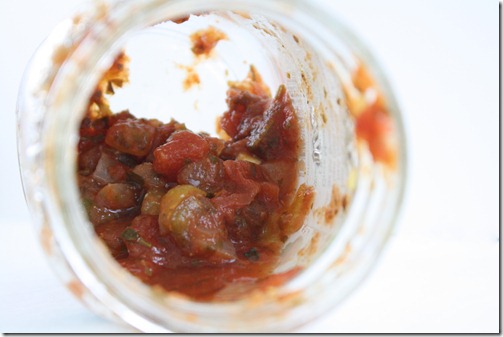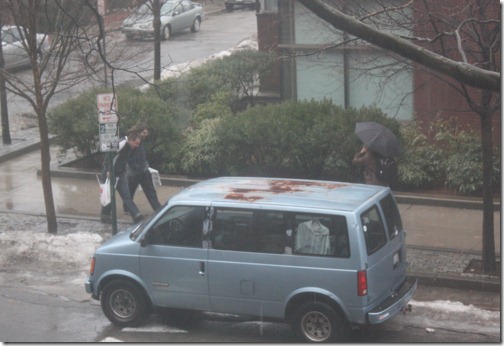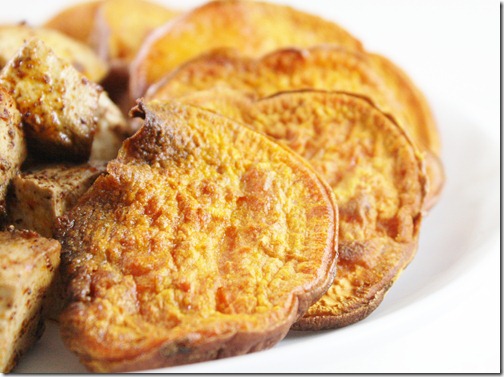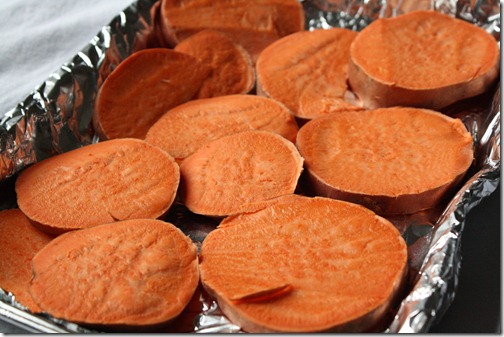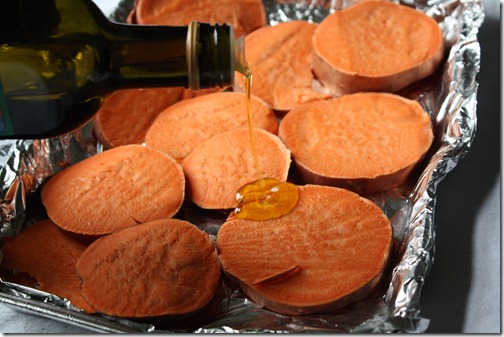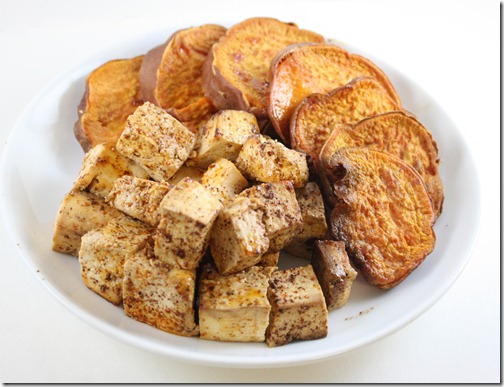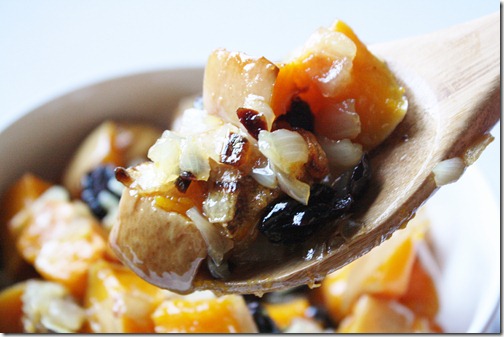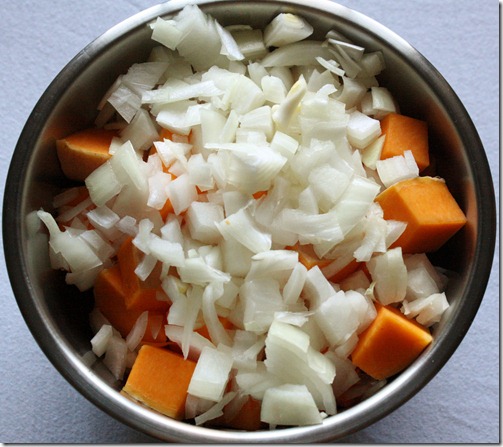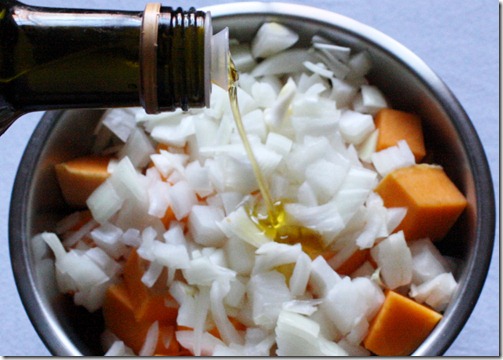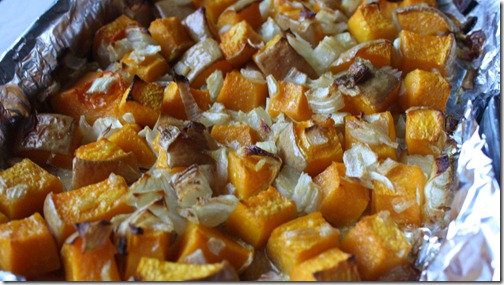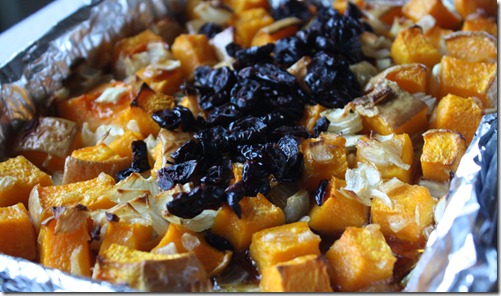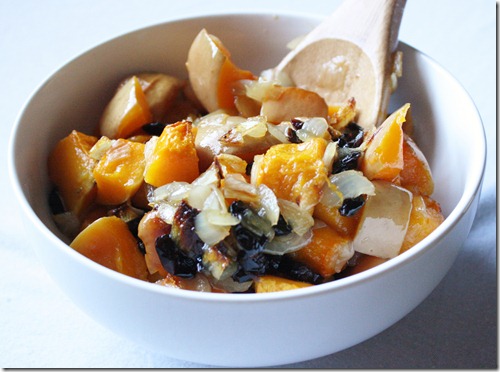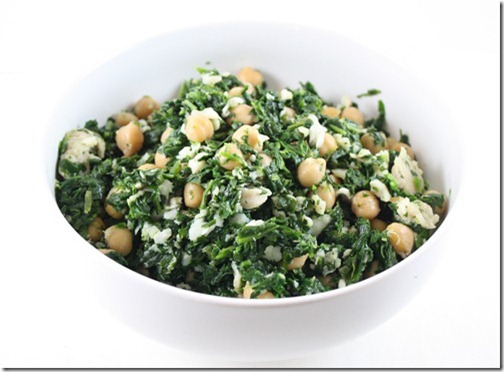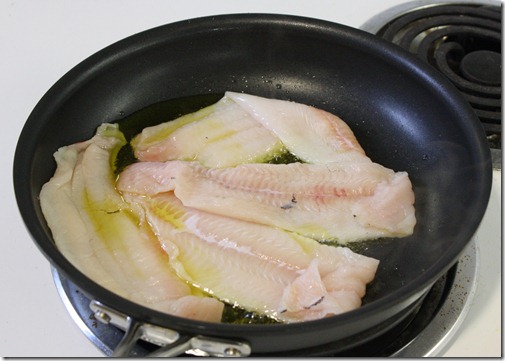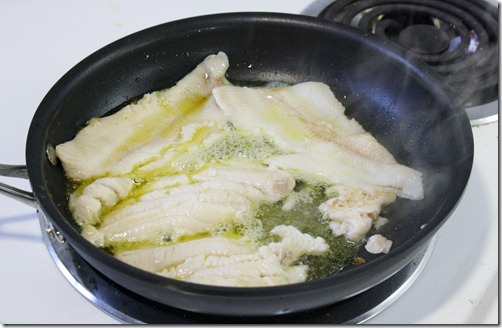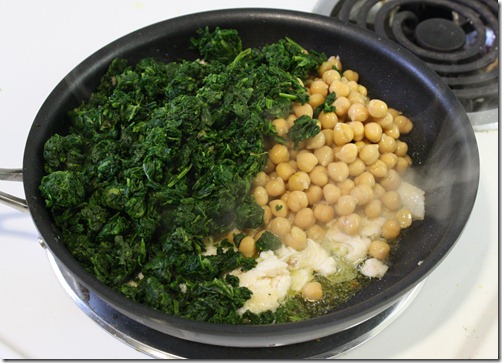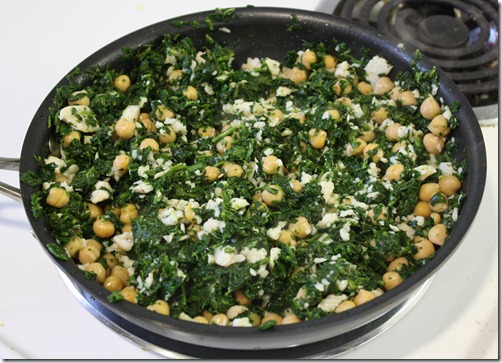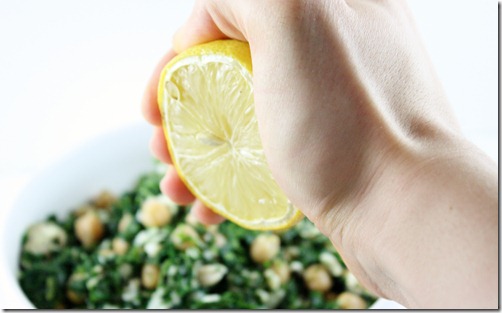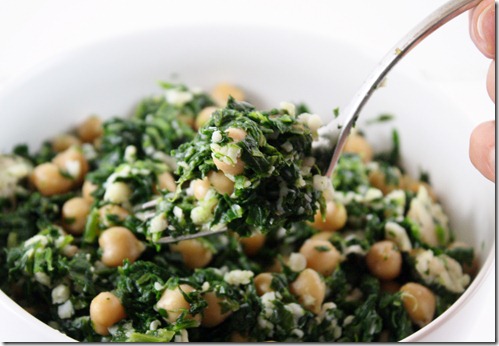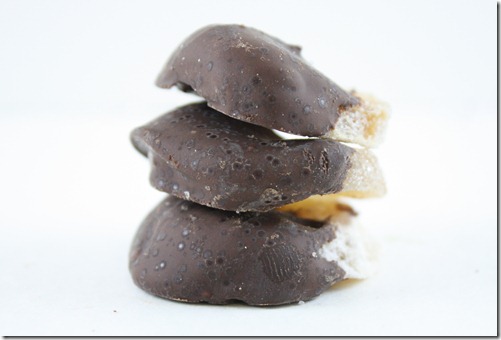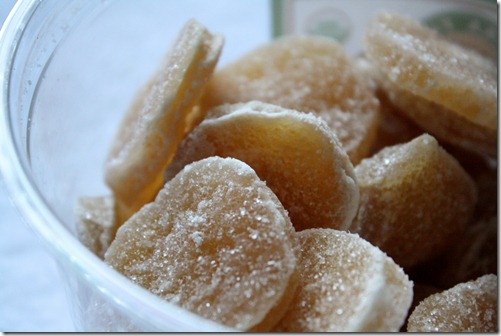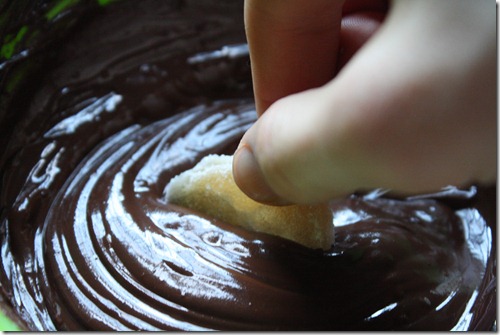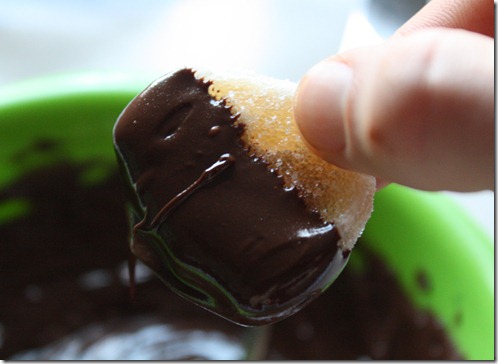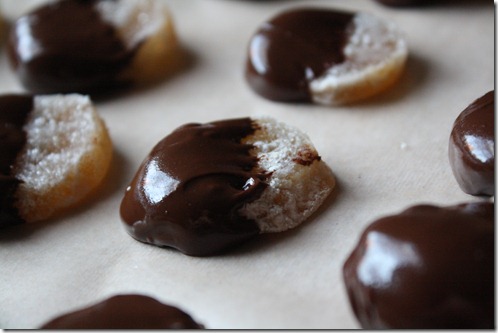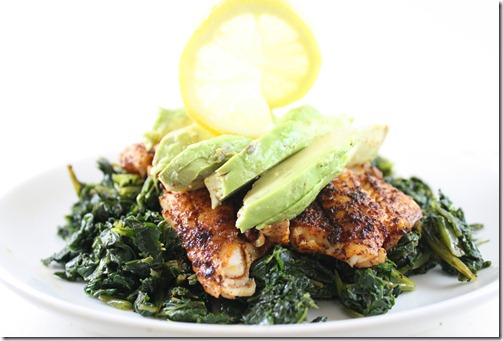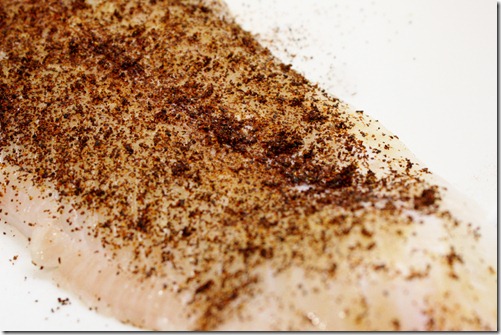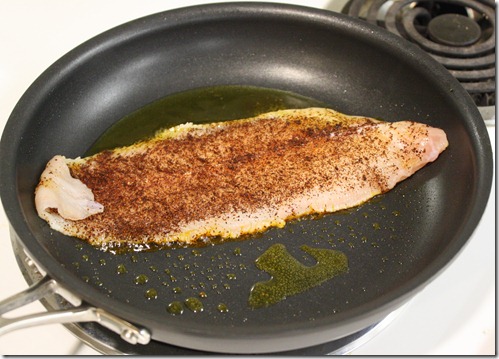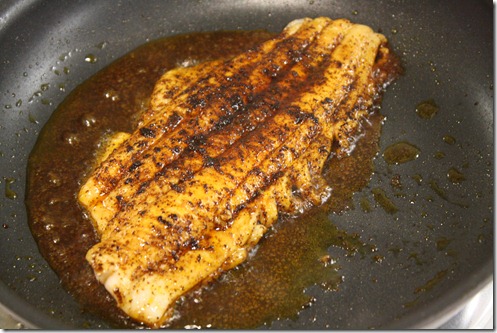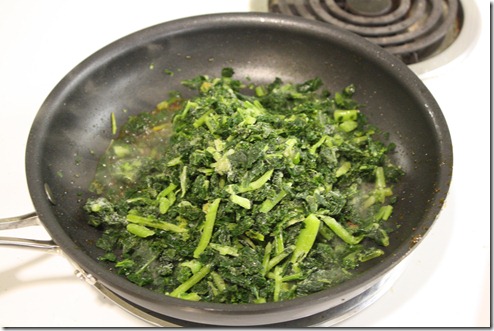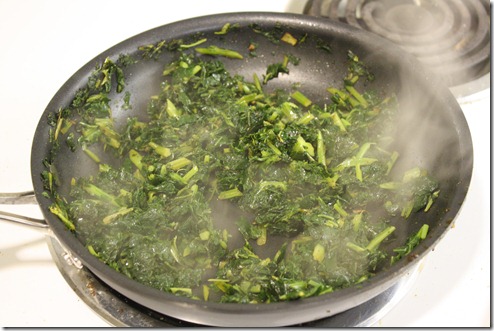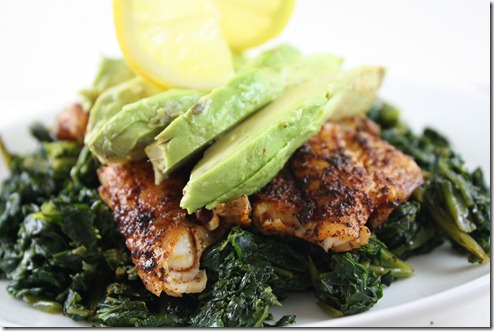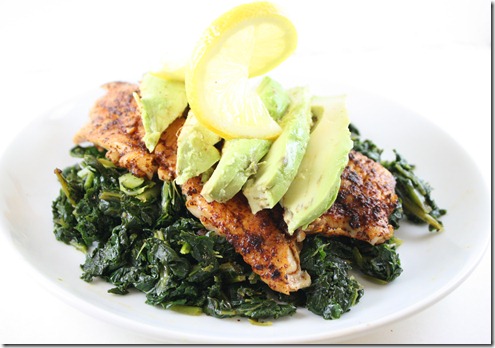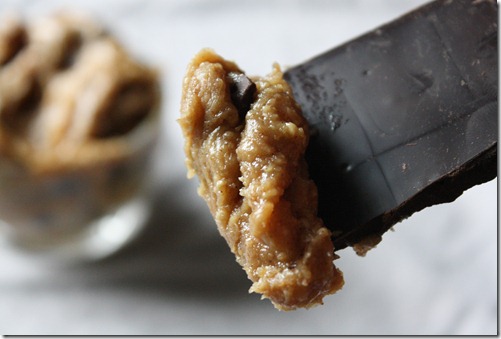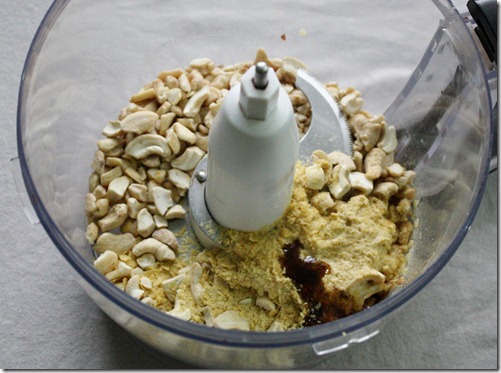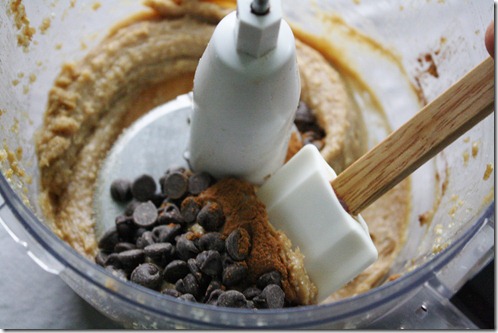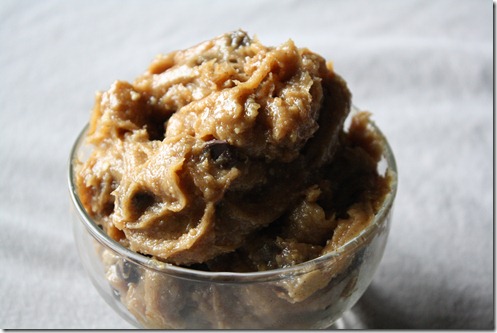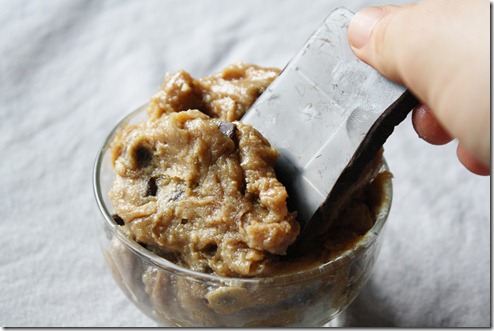In cooking, the “holy trinity” is onion, carrots, and celery—start any dish by sautéing those three vegetables and it’s a sure favorite.
But when it comes to the other half of food blogging—the actual photographing—it’s a whole new ball game. To take good photos, you need to account for plating, lighting, and camera angle.
Plating:

Chili-Rubbed Sole With Sauteed Kale and Avocado(post to come)
The best way to start plating is with a clean, white plate. That lets the colors of the food pop naturally. The more mingled the components of a plate are, the more cohesive the overall photo looks. And a variety of textures and angles creates motion and keeps the eyes moving over different areas.
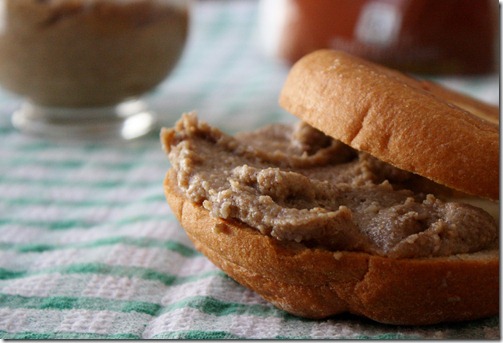
Photo from Raw Vegan Hazelnut Cream Cheese
Plating also can extend to the background, as well. Even when the dish is the main focus of the photo, you’re still showing whatever’s in the camera’s view and this can be disruptive to the overall photo. Choose either a neutral background or one that continues the theme of what you’re photographing. And always make sure the prime subject matter is in focus.
Camera Angle:
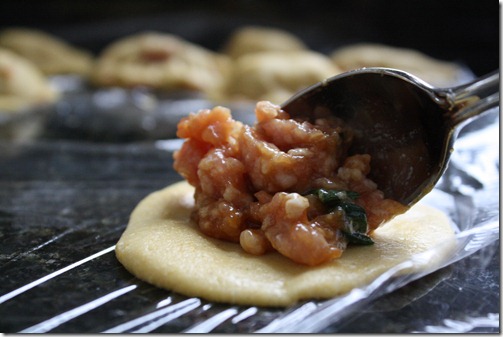
Photo from Gluten-Free Chinese Dumplings
In general, there are 3 typical camera angles: Overhead, same-level, and eye-level(slightly angled down). Each one should be used to highlight different features of a plate, but the most general two to use would be same-level or eye-level. Camera angle is also what lets you reveal or hide the backdrop to your photo, so consider that as well when choosing how to photograph it.
Lighting:

Photo from Grasshopper Brownies
When it comes to lighting, natural is almost always best. If you can find a spot with a strong, clean, natural light, then by all means use that. The more angles that the light hits the food the better as that reduces shadows.
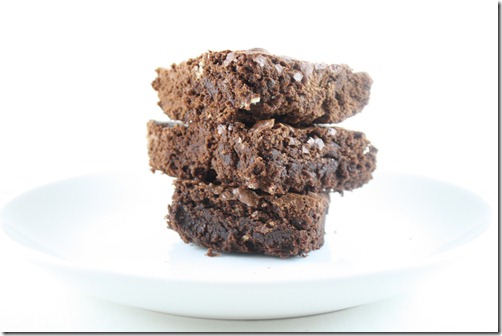
Photo from Better-Than-Boxed Brownies
The other option for lighting is a light-box, which I use probably more than anything else. The benefit of a light-box is that it gives you complete control over lighting and shadows. The drawback of a light-box is that they don’t let you continue the backdrop but rather create a focused, narrow space.
Do you have any questions on any of these? Now, I’m not saying I’m an expert at this at all; in fact, most nights I’ll eat dinner out of the frying pan if I don’t have to photograph it so I don’t have to do more dishes. I’ve learned most of these tricks by doing the exact opposite and looking back only to see how bad they actually were. The best tip is to just keep snapping away, because the more photos you take the better your eye gets for taking photos.


